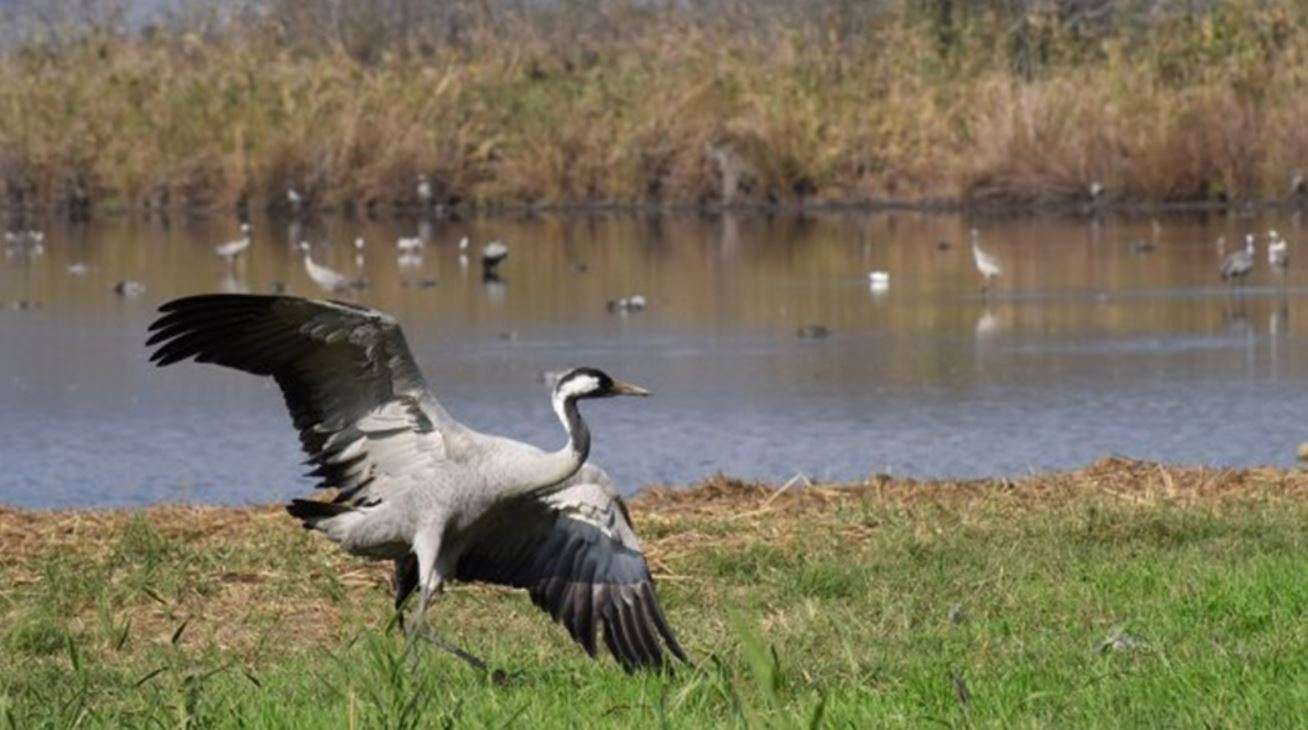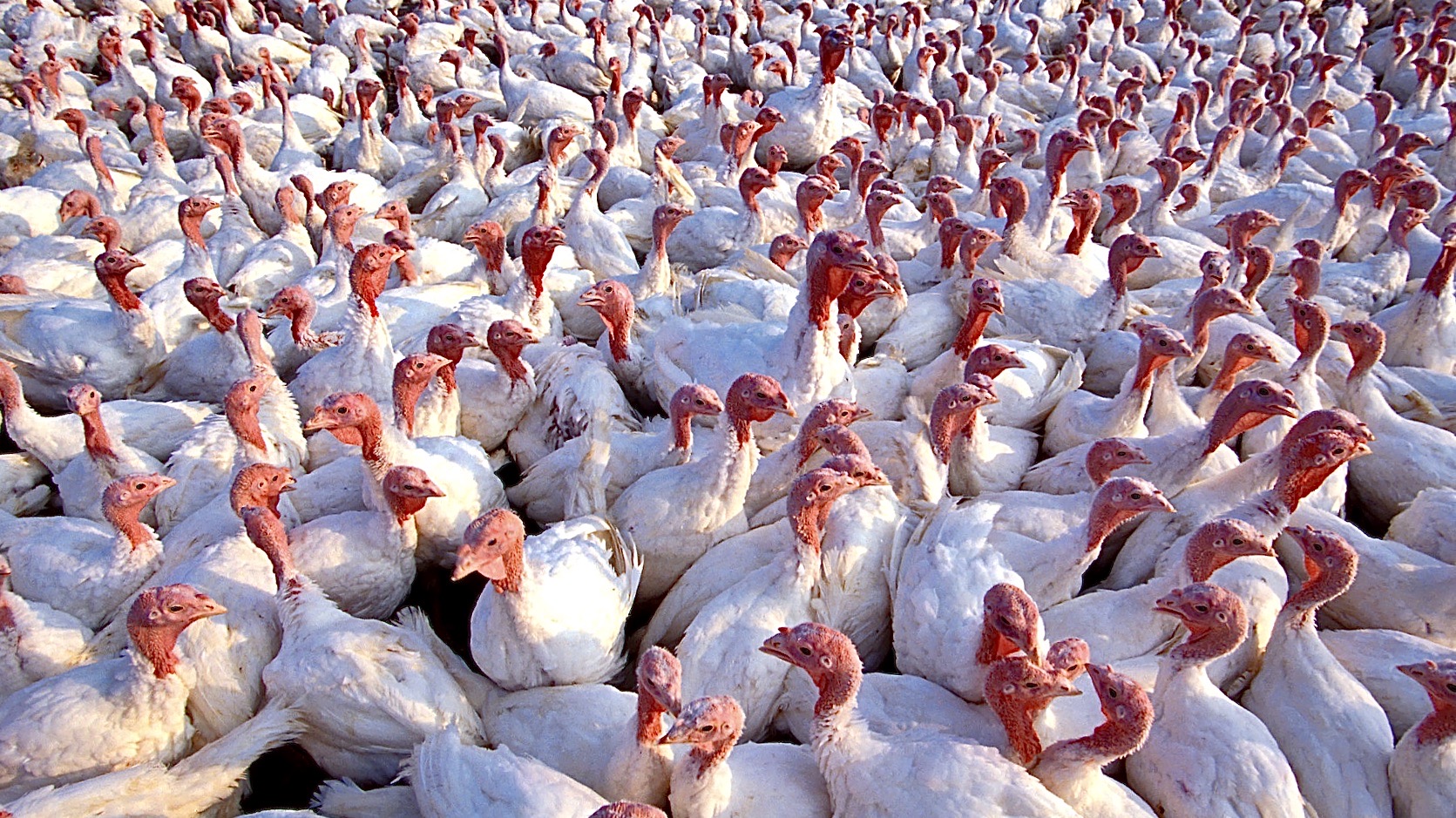UTAH, Jan. 11, 2023 (Gephardt Daily) — The Utah Division of Wildlife Resources is announcing additional Utah counties where avian flu has been detected in wild birds during this ongoing outbreak.
Since September, additional counties are Duchesne, Morgan, Summit and Uintah County.
Utah counties that were already on the confirmed list are Cache, Carbon, Davis, Millard, Salt Lake, Sanpete, Tooele, Utah and Weber.
So avian flu has now been confirmed in 13 of Utah’s 29 counties.
The most recent cases were confirmed as highly pathogenic avian influenza (HPAI) on Monday, a Utah DWR statement says.
“The rate of positive highly pathogenic avian influenza detections decreased during the summer months, but there was an increase in detections and positive cases during the fall migration and winter months,” it says.
The most recent detections were:
Uintah County, a red-tailed hawk was found on Jan. 1; several other dead birds were also found in the county, and test results are currently pending.
Duchesne County, a Canada goose was found in a yard in Roosevelt on Jan. 3; six Canada geese and one duck found near Roosevelt on Jan. 4; another Canada goose was found in a yard in Roosevelt on Jan. 5; a dead goose was found in Myton on Jan. 7; several other dead birds found in the county, with test results are pending.
Summit County, a duck found on Sept. 29.
Morgan County, a duck was found in Morgan City on Oct. 12.
The birds were all collected by DWR officials and sent to the Utah Veterinary Diagnostic Laboratory in Logan for testing, which confirmed they had highly pathogenic avian influenza. The samples are also being sent to the National Veterinary Services Laboratory in Ames, Iowa.
“As of Jan. 10, 2023, a total of 102 birds and three red foxes have tested positive for avian influenza in 13 counties,” the Utah DWR statement says. “The birds infected with the virus in Utah include raptors and waterbirds, Canada geese, great horned owls, hawks, pelicans, turkey vultures, grebes, gulls, ravens and ducks.”

High pathogenic avian influenza viruses are very contagious among birds and can cause rapid and high mortality in domestic birds, such as chickens, turkeys and domestic ducks, the statement says.
“Typically, these viruses only occasionally kill wild birds, but this strain is more pathogenic and has been killing more wild birds.”
The most common wild birds impacted by the virus are typically waterfowl, shorebirds, raptors and scavengers (which include birds like hawks, owls, ravens and vultures). There are usually few symptoms in waterfowl and shorebirds, but the virus can kill raptors and scavengers quickly. The virus is spread among birds through nasal and oral discharge, as well as fecal droppings. It can be spread to backyard poultry and domestic birds through contaminated shoes or vehicles.
“Songbirds are not typically affected by avian flu, so people shouldn’t have to remove their bird feeders unless they also have backyard chickens or domestic ducks, which are susceptible to the virus,” the DWR says. “However, it’s always recommended to regularly clean bird feeders and baths.”
Although the current strain of the avian flu presents a low risk to people, it has been confirmed in at least one person in Colorado during this most recent outbreak. Visit the CDC website for more information on keeping yourself safe.
DWR veterinarian Ginger Stout asks people finding groups of five or more dead waterfowl or shorebirds, or individual dead to report them to the nearest DWR office.
“Make sure you don’t touch the birds or pick them up,” Stout said in the prepared statement. “Report it to us, and we will come collect them for testing. We are continuing to monitor this virus in wild bird populations. This particular strain is affecting more wild birds and is more widespread than the last outbreak of highly pathogenic avian influenza in the U.S.”
If you are going on any waterfowl hunts this hunting season, here are some tips to keep yourself and your hunting dog safe:
- Do not harvest, handle or eat any animal that appears sick.
- Field dress game animals in a well-ventilated area or outdoors.
- Avoid direct contact with the intestines.
- Wear rubber or disposable latex gloves while handling and cleaning birds. Wash your hands with soap and water, and thoroughly clean all knives, equipment and surfaces that come in contact with the birds. Disinfect using a 10% chlorine bleach solution.
- Keep your game birds cool, clean and dry.
- Do not eat, drink or smoke while cleaning game or handling animals.
- All game meat should be thoroughly cooked before eating (well-done or 165° F).
- Dogs are susceptible to HPAI, but don’t often show clinical signs. Though the risk of infection is low, visit the DWR website to identify the locations with active cases of avian flu in wild birds and avoid those areas when using retrievers. Consult your local veterinarian if your dog exhibits any respiratory symptoms.
- If you have domestic poultry, keep them separated from the wild bird carcasses you have harvested, and do not handle poultry after handling wild birds.
-
Keep your game birds cool, clean and dry.
-
Do not eat, drink or smoke while cleaning game or handling animals.
-
All game meat should be thoroughly cooked before eating (well-done or 165° F).
For more information about the current avian flu outbreak in wild birds, visit the DWR website. You can also view all the latest cases of avian flu in wild animals on the DWR website. To report any symptoms of avian flu in domestic birds, contact the Utah Department of Agriculture and Food.







